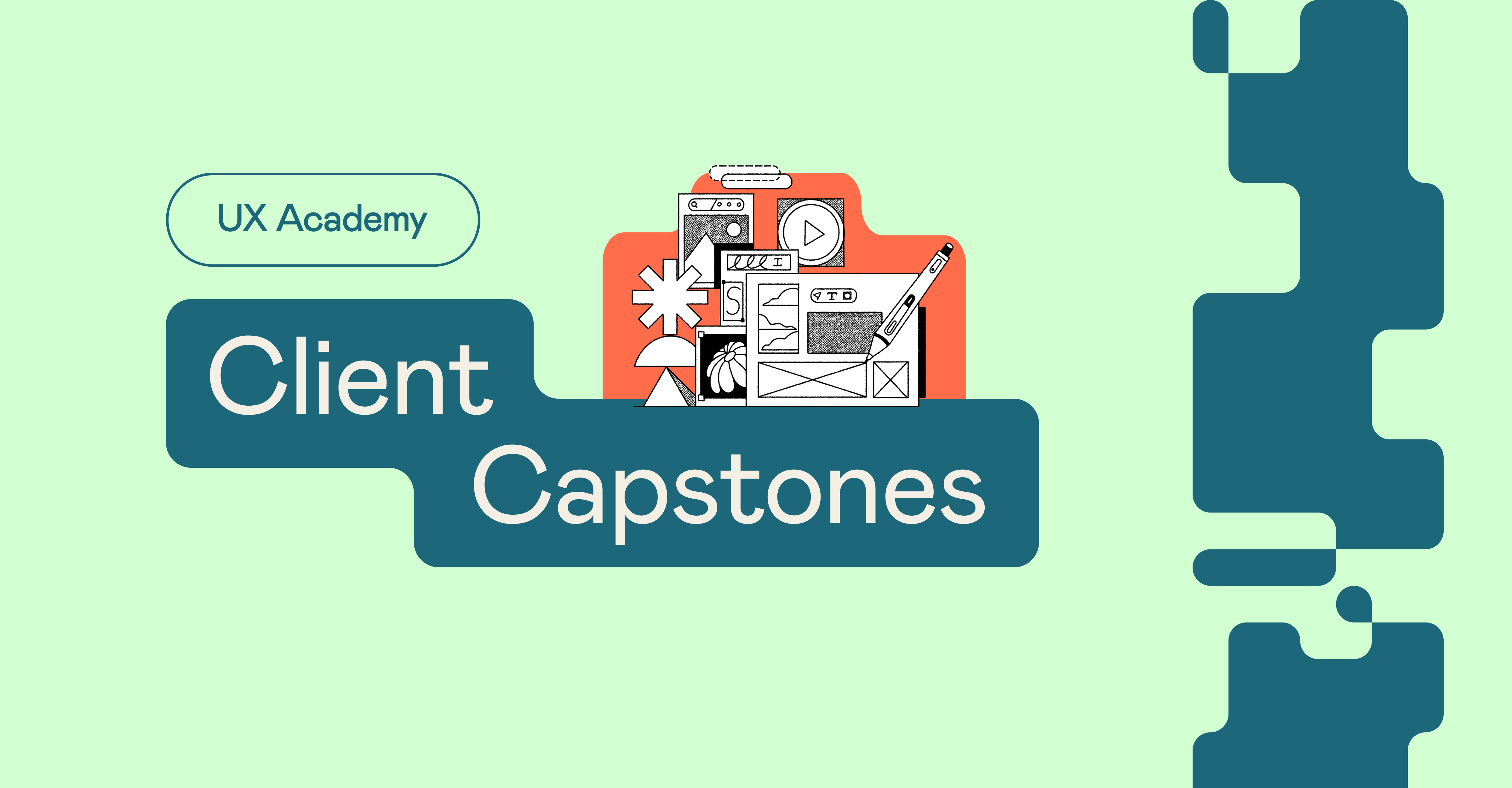As a new decade dawns, workers in many industries are bracing for the impact of automation on their profession.
The design industry is far from immune to these forces. But UX/UI design is a human-centered discipline, and for the foreseeable future, we’re still going to need human designers to fully understand what other people need from a digital product.
Beyond the design industry, many non-designers are looking to develop their creative skills—an area where machines still struggle—to enhance their future employability.
If you’ve been considering how you might need to shift your career in the years ahead, check out our new 50-page eBook, which covers 15 tips (and a bunch of FAQs) about the different ways of learning design right now.
Here’s a taster of the detailed advice you can get in the eBook:
1. Design isn’t art
Let’s clear one thing up: design is not art. Art is an aesthetic discipline concerned with personal expression and social commentary. Design is in essence a problem solving discipline about meeting practical needs.
So even if you can’t draw, no worries. You don’t really need to!
2. There’s a difference between UX & UI design
UX stands for user experience. User experience design is about researching a design problem from a user-centered perspective, and then planning and prototyping potential solutions to that problem.
UI stands for user interface. User interface design is about figuring out exactly how the front-end of an app or website should look and function. It’s about getting into the details of how screens should be laid out, how forms should be arranged, and how the overall design should look, feel, and function.
3. It’s not all about the software
It’s common to imagine that it’s important to be able to use lots of software even before beginning to learn design. We’ll let you into a secret: it’s not.
Complex software like the Adobe Creative Suite has definitely become less important in the past 10 years. UX and UI designers now tend to use much more lightweight packages like Sketch, Figma, and InVision. They’re simpler to use, and they allow you to create and prototype screen designs quickly.
4. Portfolios are (nearly) everything
When it comes to applying for your first design job, employers are judging you first and foremost on the quality of work displayed in your portfolio. If it isn’t strong, then having a design degree won’t save you.
Think of your portfolio as the big picture to remember during your learning journey. Identify the skills you need to demonstrate in your portfolio, and prioritize taking steps forward in those areas.
5. You don’t need to code
To be a UX/UI designer, you don’t need to have any coding skills. A conventional UX/UI design workflow is for designers to research user needs, create flow charts for how users will complete tasks within an app or website, and hand off screen designs to a development team, who do the coding.
However, having a basic understanding of coding can definitely help make your designs stronger.
Get the eBook for more!
Download our free 50-page eBook “How To Become A Designer In 2020” for all 15 things to consider before choosing a design course!



.svg)














